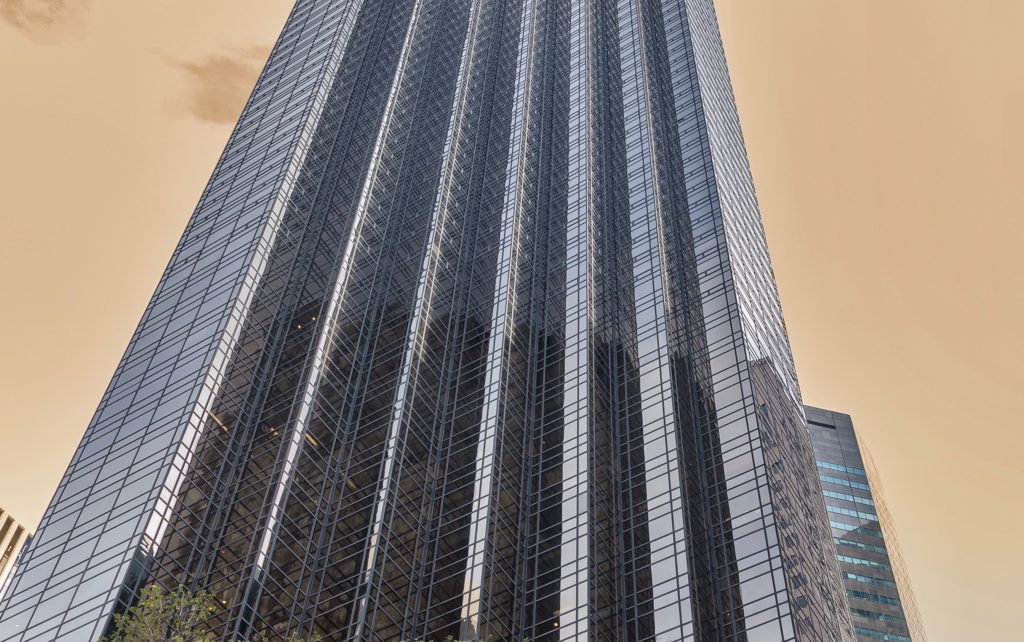
The Magnitsky Act has gained recognition following the infamous June 2016 Trump Tower meeting between The Trump campaign and Russian Officials … but what exactly is it? According to meeting attendees — including Donald Trump Jr., Jared Kushner, and Paul Manafort — the Magnitsky Act revolves around Russian adoption policy. But in actuality, it’s about money laundering.
The Magnitsky Act, signed in 2012, directly impedes Russian money laundering schemes within the United States, which has proved detrimental to Trump’s businesses. Signed in December 2012 by President Barack Obama, the Magnitsky Act was retaliation for abuses against its namesake, Sergei Magnitsky. A Russian lawyer, Magnitsky was imprisoned for uncovering widespread tax fraud linked to the Kremlin and individuals associated with the Russian government totalling $230 million. Magnitsky eventually died from neglect and abuse in jail, which garnered a response from the U.S. The Act itself blocks over 40 Russian government officials and businessmen from entering the U.S., and most importantly freezes access to their assets, held in either U.S. banks or real estate. In response, Russian President Vladimir Putin signed a bill blocking the adoption of Russian children by American parents. While this political tug of war between Russia and the U.S. provides background for the adoption narrative that’s been promoted by meeting attendees like Trump Jr. and Russian lawyer Natalia Veselnitskaya, the root of the issue clearly circles back to dirty money.
Recent testimony to Congress helps draw the connection between the Trump Organization, Russia, and why it would be mutually advantageous for restrictions on Russian assets to be loosened. Glenn Simpson of Fusion GPS, the research and intelligence firm now famous for the Steele Dossier, conducted a closed-door interview with the House Intelligence Committee. Following the interview, ranking committee member Rep. Adam Schiff (D-CA) made clear that transcripts from the meeting include “serious allegations that the Trump Organization may have engaged in money laundering with Russian nationals.” Thus, it’s not surprising that Manafort — who has since been indicted on conspiracy to launder money — and suspected money launderer Irakly Kaveladze were both at the Trump Tower meeting on June 9.
At the time of the meeting, it was easy to conclude that Russia and Trump’s circle saw his potential election as mutually advantageous — an opportunity to reverse the Magnitsky Act and restore the flow of dirty money in and out of the U.S. Since his election, Trump has abused the office of the presidency to financially benefit himself and his family. With patterns of money laundering characterizing Trump properties around the globe, in some cases specifically involving Russian nationals, the Magnitsky Act undoubtedly stands as a barrier to furthering his own agenda and enriching his Russian friends.
Organized Crime
The web of Donald Trump’s connections to organized crime is alarming and goes back decades. From Russian mobsters and convicted drug traffickers to multimillion-dollar money laundering schemes and bank fraud, his history of criminal associates puts him — and the country — at risk.